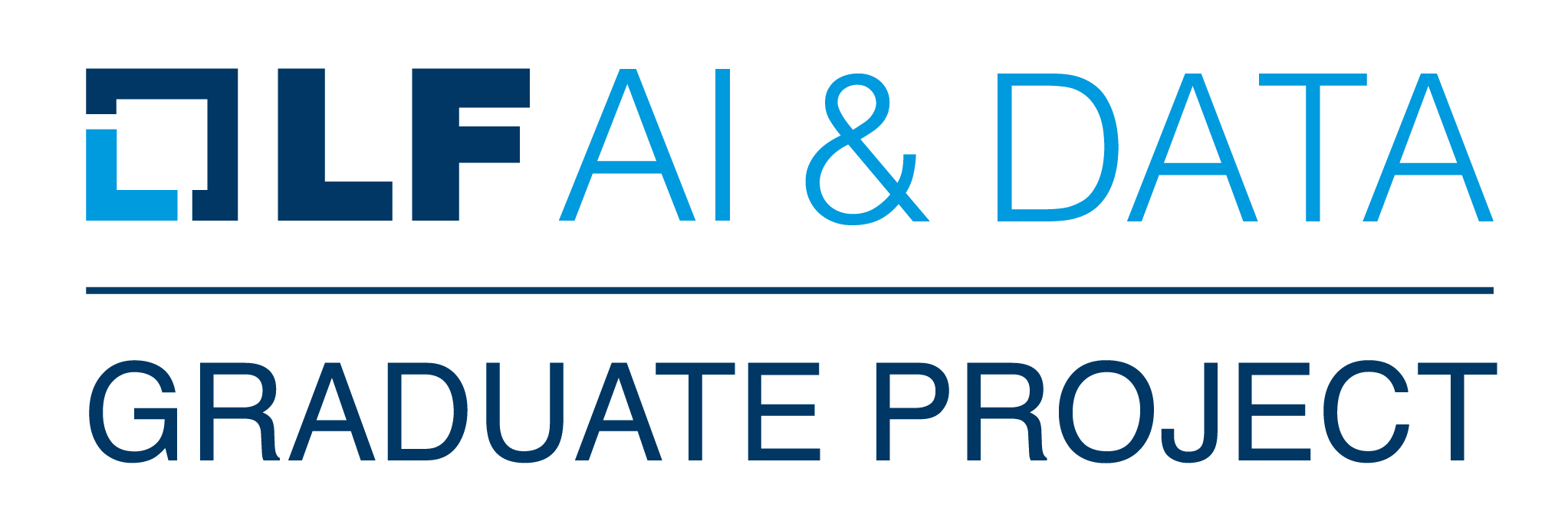Adversarial Robustness Toolbox (ART) is a Python library for Machine Learning Security. ART is hosted by the Linux Foundation AI & Data Foundation (LF AI & Data). ART provides tools that enable developers and researchers to defend and evaluate Machine Learning models and applications against the adversarial threats of Evasion, Poisoning, Extraction, and Inference. ART supports all popular machine learning frameworks (TensorFlow, Keras, PyTorch, MXNet, scikit-learn, XGBoost, LightGBM, CatBoost, GPy, etc.), all data types (images, tables, audio, video, etc.) and machine learning tasks (classification, object detection, speech recognition, generation, certification, etc.).
| Get Started | Documentation | Contributing |
|---|---|---|
| - Installation - Examples - Notebooks |
- Attacks - Defences - Estimators - Metrics - Technical Documentation |
- Slack, Invitation - Contributing - Roadmap - Citing |
The library is under continuous development. Feedback, bug reports and contributions are very welcome!
This material is partially based upon work supported by the Defense Advanced Research Projects Agency (DARPA) under Contract No. HR001120C0013. Any opinions, findings and conclusions or recommendations expressed in this material are those of the author(s) and do not necessarily reflect the views of the Defense Advanced Research Projects Agency (DARPA).










